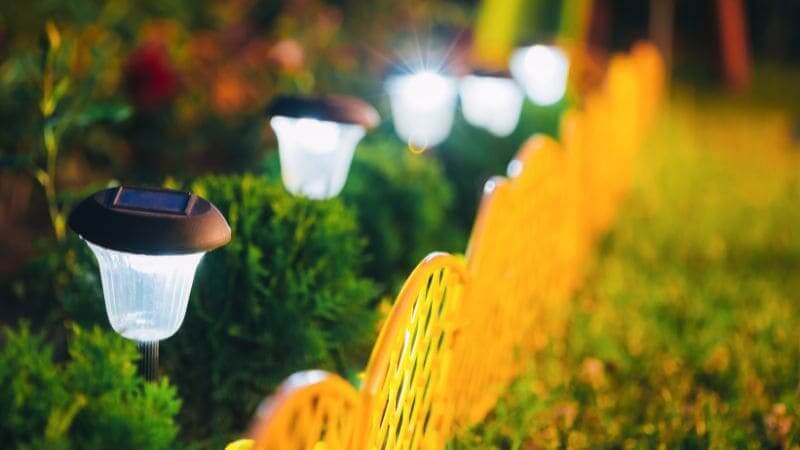Investing in public amenities like benches can be expensive, and many communities are unsure if the benefits of smart solar benches justify the cost. Imagine the frustration of purchasing a traditional bench, only to later realize that for a similar investment, you could have had a multifunctional solar-powered bench that enhances public spaces and provides additional services.
The price range for smart solar benches varies widely depending on the model and location. Factory prices typically range from $850 to $1,900. However, after factoring in shipping costs and tariffs, the final price can be between $1,350 and $2,600 for Europe, $1,250 to $2,400 for Australia, USA, and Canada, and $1,100 to $2,200 for Asia.
Curious about what factors influence these prices and how to find the best deal? Keep reading to explore all the details.
What You Need to Know About Smart Solar Bench Prices
Solar Bluetooth Bench: Entry-Level
Entry-level smart solar benches provide essential functionality at an accessible price point, including Bluetooth speakers and simple designs that make these benches practical yet cost-effective.
- Factory Price: $850-$900 and available with or without backrest; equipped with 180W solar panel and Bluetooth speaker for basic solar-powered charging and connectivity features;
- Size: Approximately 170 x 45 x 45 cm
- Features: Basic solar-powered charging and Bluetooth connectivity.
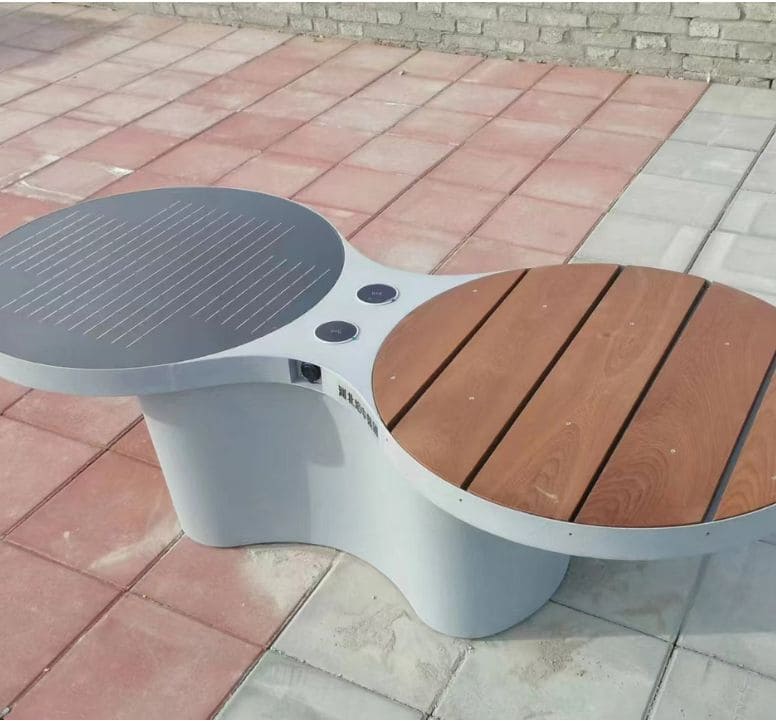
Price by Location:
- Europe: $1,250-$1,320 (including freight and customs)
- Australia, USA, Canada: $1,150-$1,220 (including shipping costs and customs duties)
- Asia: $1,100-$1,170 (including freight and customs)
These benches are an economical and cost-effective entryway into smart urban amenities for communities wanting to start small with smart urban furniture upgrades over time. Although more advanced features may eventually become necessary. Although more cost-effective models such as solar charging provide key benefits like basic connectivity.
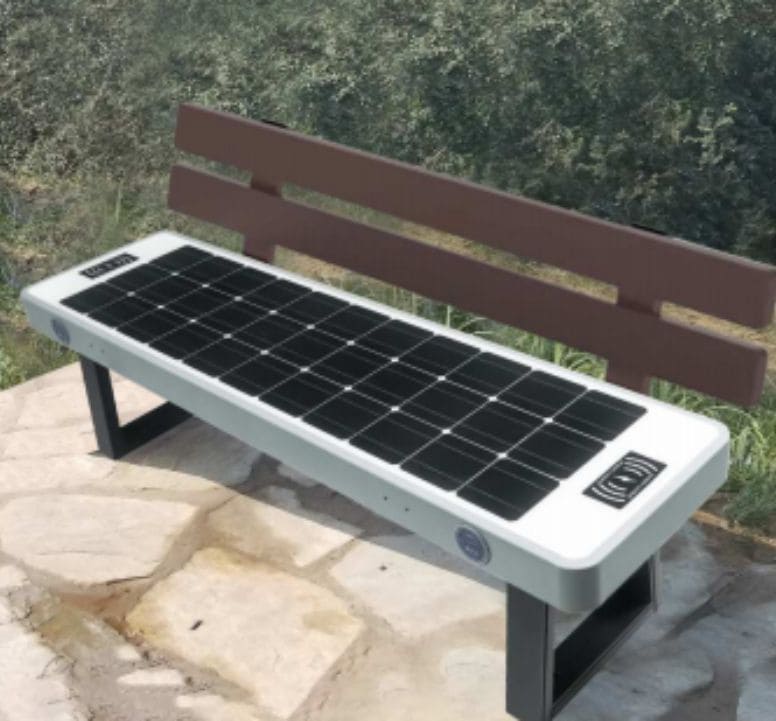
Solar Powered Bench: Mid-Range
Mid-range solar benches strike an optimal balance between cost and functionality, making them popular choices in parks, city centers, and public spaces. Many models include USB ports for device charging as well as Wi-Fi hotspots(additional) and LED lighting features for enhanced user experiences.
- Factory Price: $900-$1,000
- Size: Similar to entry-level models, typically around 170 x 45 x 45 cm.
- Features: Typically with charging capabilities such as solar. Furthermore, features like USB ports, Wi-Fi connectivity(More $29),LED lighting are included along with solar charging capability for maximum convenience and lighting effects.
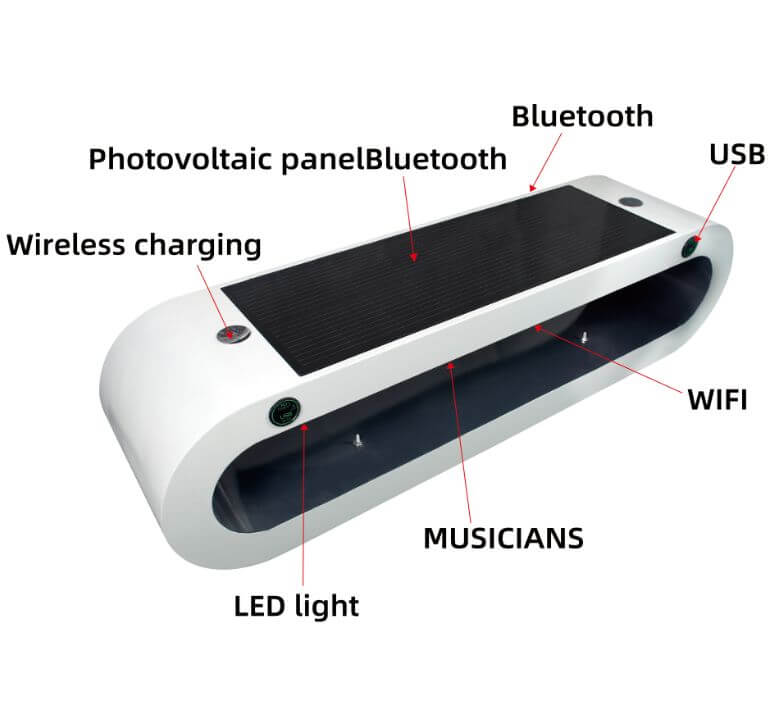
Price by Location:
- Europe: $1,400-$1,550 (after adding shipping and customs)
- Australia, USA, Canada: $1,300-$1,450 (including shipping and tariffs)
- Asia: $1,250-$1,400 (including related costs)
These benches are ideal for communities that desire additional features but still wish to stick within an affordable budget. Smart city initiatives often employ these benches in providing residents and visitors alike with convenient outdoor furniture that supports connectivity as well as device charging capabilities.

Solar Panel Bench: High-End
High-end solar benches represent the pinnacle of smart solar furniture, boasting advanced features and customisable designs to meet specific requirements and aesthetic preferences. Such benches often include LED display light boxes and more powerful solar panels for increased energy generation.
- Factory Price: $1,250-$1,400
- Size: Customizable based on client needs.
- Features: Includes all mid-range features plus customizable designs, LED display light boxes, and larger solar panels for increased power generation.
Price by Location:
- Europe: $1,800-$2,600 (including shipping, customs, and additional fees)
- Australia, USA, Canada: $1,600-$2,400 (factoring in all associated costs)
- Asia: $1,500-$2,200 (with shipping and other related expenses)
These models are ideal for municipalities looking to make an impressionful statement through urban development projects. Not only are high-end benches eco-friendly and highly functional; they can also add aesthetic value while serving multiple functions within public spaces – thus offering aesthetic pleasure as well as practical utility benefits.
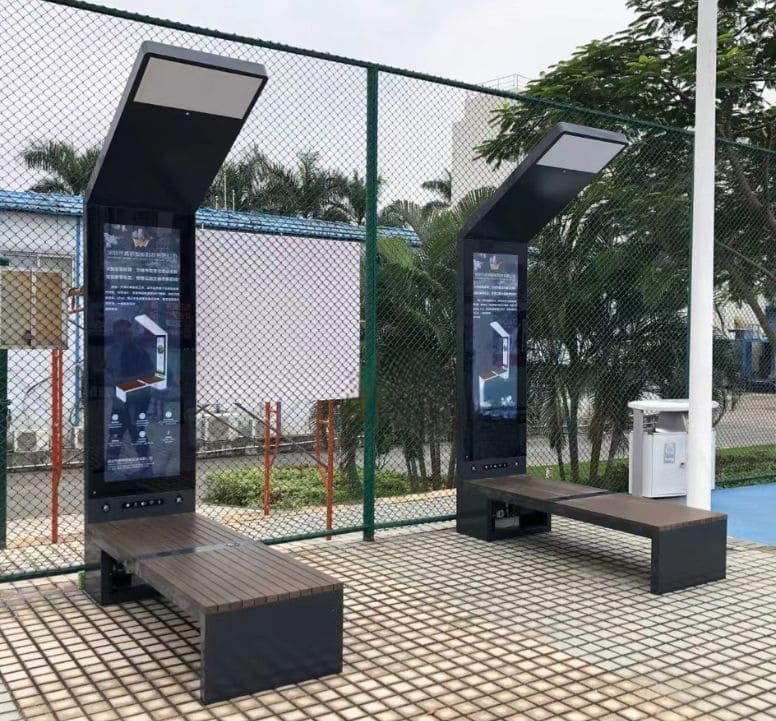
Factors Influencing the Price of Solar Benches
Technology and Features
The technology and features embedded in a smart solar bench significantly influence its price. Basic models might offer just solar charging and a Bluetooth speaker, while more advanced benches come equipped with USB charging ports, Wi-Fi hotspots, LED lighting, and even wireless charging capabilities.
Breakdown of Common Features:
- Solar Charging: Essential for powering the bench’s functionalities using renewable energy.
- Wi-Fi Hotspots: Provides internet connectivity, crucial for public spaces in a smart city environment.
- USB Charging Ports: Typically between 2-4 ports, allowing users to charge multiple devices.
- Wireless Charging: Supports modern smartphones that are equipped with wireless charging technology.
- Bluetooth Speakers: Enables audio features for entertainment and public announcements.
- LED Lighting: Enhances safety and usability during evening hours, powered by solar energy.
The more advanced and numerous the features, the higher the cost. For instance, a bench with solar charging and USB ports might be on the lower end of the price spectrum, while a bench that also includes wireless charging and Wi-Fi capabilities would be more expensive.
Materials
The materials used in constructing a smart solar bench also play a crucial role in determining the price. Common materials include galvanized steel, aluminum, and WPC (Wood-Plastic Composite). Each material offers different benefits in terms of durability, maintenance, and aesthetic appeal, which reflect in the cost.
Material Costs:
- Galvanized Steel: Durable and resistant to corrosion, but heavier and more expensive to produce and ship.
- Aluminum: Lightweight, corrosion-resistant, and easier to install, making it a mid-range option.
- WPC: Eco-friendly, aesthetically pleasing, and requires less maintenance, but can be on the higher end due to its sustainability and appearance.
High-end models might combine these materials or offer options for customization, such as powder-coated finishes or additional protective layers, which can increase the price.
Design and Customization
Customization adds a personal touch to smart solar benches but also increases the cost. Standard models are generally more affordable, but as you introduce custom designs—such as specific colors, branding, or unique aesthetic features—the price begins to rise.
Customization Considerations:
- Color and Branding: Adding custom colors or logos to align with city branding or park themes can increase costs.
- Bespoke Designs: Completely unique designs tailored to specific park layouts or themes can be significantly more expensive.
- Additional Features: Customization might include the addition of more USB ports, sensor integration, or larger solar panels for enhanced performance.
Communities that opt for a unique design to match the existing urban landscape or branding should be prepared to invest more.
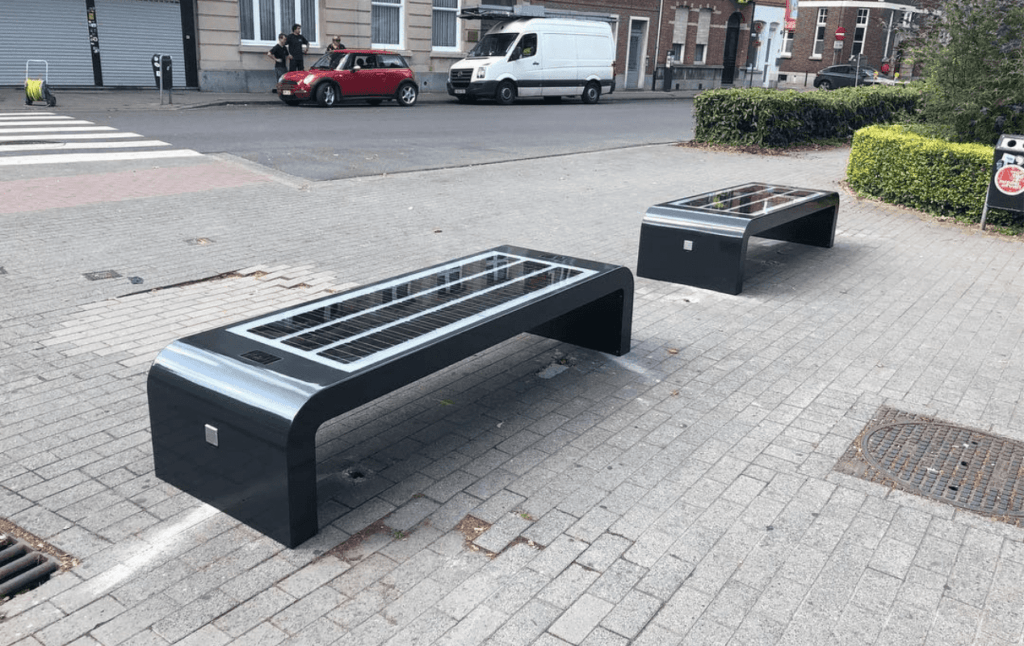
Solar Panel Power
The power capacity of the solar panels used in the bench directly impacts the overall cost. Smaller solar panels with a capacity of 50W are generally cheaper, while larger panels exceeding 90W are more expensive due to their increased power generation capability.
Solar Panel Costs:
- 50W Panels: Lower cost, suitable for basic benches with minimal energy requirements.
- 90W+ Panels: Higher cost, ideal for benches with multiple features that require more energy.
Choosing the right solar panel power depends on the intended use of the bench. For instance, a bench in a high-traffic area that needs to power several USB ports and wireless fast charging simultaneously will require more powerful (and thus more expensive) solar panels.
Battery Type and Power
The battery type used in the bench is another critical factor. Lead-acid batteries are cheaper but less environmentally friendly and becoming obsolete. Lithium batteries, on the other hand, are more common, safer, and slightly more expensive.
Battery Considerations:
- Lead-Acid Batteries: Low-cost but have shorter lifespans and are less eco-friendly.
- Lithium Batteries: More expensive but offer better performance, safety, and environmental sustainability.
- Capacity Differences: A 36AH battery might be cheaper by $38.00 compared to a 55AH battery, but the latter provides longer power retention and reliability.
Selecting a higher-capacity battery ensures that the bench can store more solar energy and operate efficiently, even during periods of low sunlight.
Cost of Optional Features
Additional features can further increase the price of a smart solar bench. These include Bluetooth speakers, Wi-Fi modules, and extra USB ports.
Optional Features and Costs:
- Bluetooth Speaker: Adds approximately $14.50 to the cost.
- Wi-Fi Module: Typically costs around $29.00.
- Additional USB Ports: Each port adds about $8.00.
While these features enhance the bench’s functionality, they also add to the overall cost, so it’s important to balance desired features with budget constraints.
Geographic Location and Shipping
The geographic location where the benches are installed significantly influences the final cost due to shipping, tariffs, and local regulations. Importing benches from overseas can incur high shipping costs and customs duties, which need to be factored into the overall budget.
Geographic Cost Influences:
- Europe: Higher shipping and customs costs due to stricter regulations and longer distances.
- Australia, USA, Canada: Moderate costs, but still significant depending on the bench’s origin.
- Asia: Generally lower costs, especially if the benches are manufactured locally.
Choosing a supplier closer to your location can reduce shipping costs, but may limit the availability of certain models or customization options.
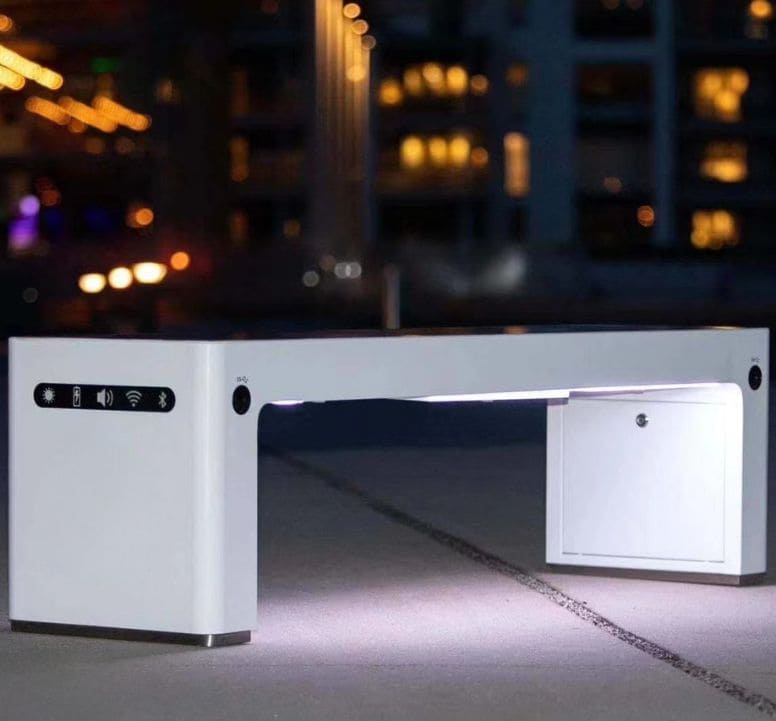
Before You Purchase Solar Benches: Additional Costs to Consider
Potential Battery Costs
When making purchases from international suppliers like China, one should carefully consider potential additional battery costs. Some countries impose strict transportation regulations which necessitate purchasing batteries locally – something which might increase overall costs if local market prices for batteries exceed those offered by their original provider.
Key Considerations:
- Import Restrictions: Certain countries prohibit import of batteries, forcing local purchases.
- Local Purchase Costs: Local purchases could cost more, increasing overall bench costs.
- Services Offered By Suppliers: Some suppliers provide door-to-door delivery of their goods; this convenience may come at a premium, however.
Installation Costs
Installation costs It is also essential to factor installation costs when budgeting for smart solar benches. If the supplier is located far away, installation may need to be organized separately with either an independent contractor or agent who specializes in this service.
Installation Considerations:
- Self-Installation: Communities may opt to manage installation themselves if their supplier doesn’t offer installation services, though hiring local contractors might add to costs, especially if specific skills or equipment is required to install benches.
- Agent Services: Some suppliers work with local agents who will oversee installation. While this option will incur extra costs, this approach might also result in lower installation rates than working directly with their supplier.
Maintenance and Upkeep
Maintenance and Upkeep Proper care must be taken in maintaining smart solar benches to keep them functioning efficiently and safely, such as cleaning solar panels, checking battery health and making sure all electronic components remain fully functional. Maintenance costs vary based on frequency of maintenance needed as well as complexity of features in a bench’s design.
Considerations in Regard to Maintenance:
- Cleaning Solar Panels: Routine cleaning of solar panels is necessary in environments with dust or pollution levels that limit efficiency, particularly those exposed to dusty environments or high amounts of pollution.
- Battery Health Checks: Regular inspection of battery systems guarantees long-term functionality while helping avoid unexpected failures that might otherwise arise unexpectedly.
- Estimated Costs: Maintenance expenses vary widely among communities; therefore it’s wise to allocate an yearly upkeep cost that accounts for labor as well as replacement parts.
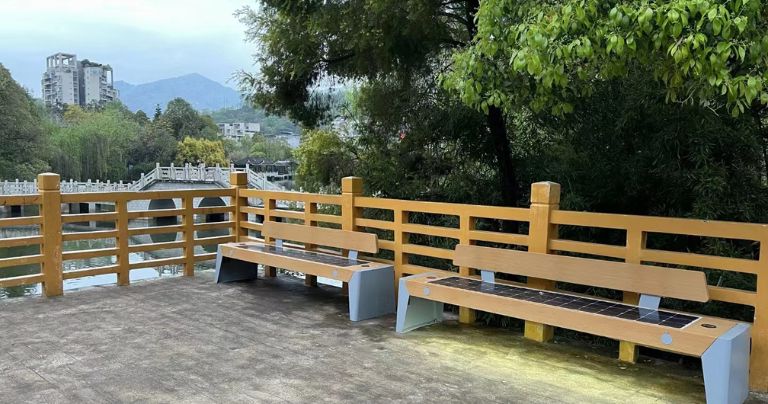
F.A.Q About the Price of Smart Solar Benches
Why Do Smart Solar Benches Vary So Much in Price?
The prices of smart solar benches differ considerably due to a range of factors, including technology features included and materials utilized; customization levels; basic models without features beyond solar charging and Bluetooth speakers may cost less while those equipped with multiple USB ports, Wi-Fi hotspots, wireless charging capabilities and LED lighting can cost substantially more.
Furthermore, costs vary based on materials quality compared to aluminum counterparts as well as whether any custom features like distinctive colors or branding exist on each bench design feature; other influences also include quality materials used versus galvanized steel/aluminum alternatives used as well as custom designed features or elements such as unique colors/branding present within designs of benches as these.
Are There Hidden Costs That Need Consideration?
Yes, buyers should be wary of possible hidden costs when making smart solar bench purchases. These costs could include shipping fees (especially if imported from overseas), customs duties and tariffs ( if applicable ), installation fees not provided by their supplier and ongoing maintenance expenses ( if applicable ). In regions with specific regulatory requirements there may also be compliance costs involved).
Can Smart Solar Benches Be Cost-Effective in the Long Run?
Indeed! Smart solar benches tap into renewable solar energy to cut down on energy expenses. Moreover their sturdy build and resistance to weather conditions can translate to lower maintenance costs when compared to regular benches. Furthermore the added features, like bluetooth speaker and device charging capabilities not enhance park facilities but also attract more visitors.
- Energy Savings: Solar panels reduce reliance on the grid, lowering energy costs.
- Durability: High-quality materials and advanced design can reduce the need for frequent replacements.
- Increased Usage: Enhanced features attract more visitors, potentially boosting local economy.
How Do I Choose the Right Smart Solar Bench for My Budget?
Prioritize Features: Determine which functionalities would bring maximum benefit for your community, then prioritize those features accordingly.
Select materials and designs appropriate to your environment final cost. Evaluations: Don’t forget to factor shipping, installation and maintenance expenses in when creating your budget plan!
Best Value: Search for models which combine quality, functionality and price optimally.
Conclusion
Investing in smart solar benches is a forward-thinking decision that can transform public spaces by combining sustainability with modern convenience. While the initial price range for these benches varies widely, from approximately $950 to $1,900 at the factory level and up to $2,600 after shipping and tariffs, the long-term benefits often justify the investment. These benches not only provide essential amenities like device charging, bluetooth, and LED lighting, but they also contribute to environmental sustainability by harnessing renewable solar energy.


